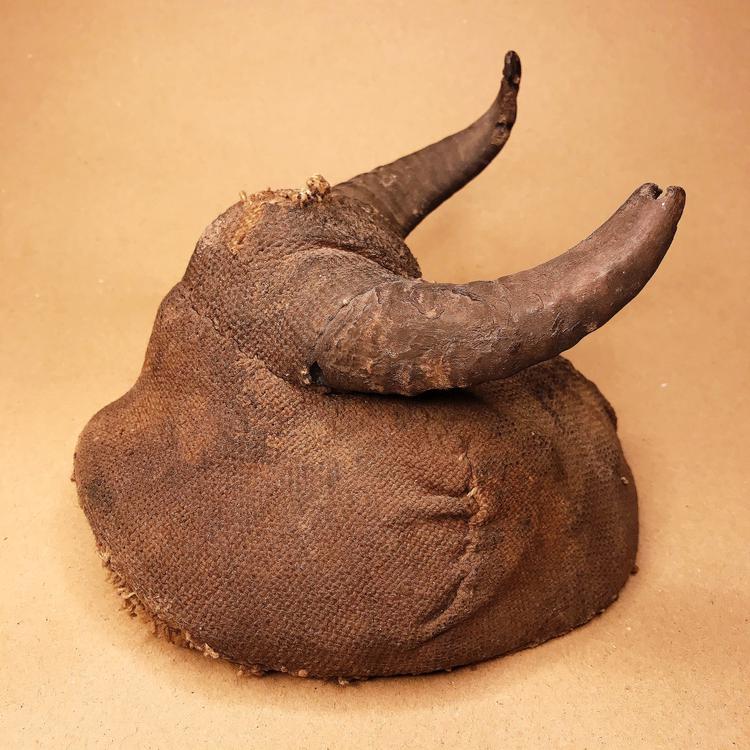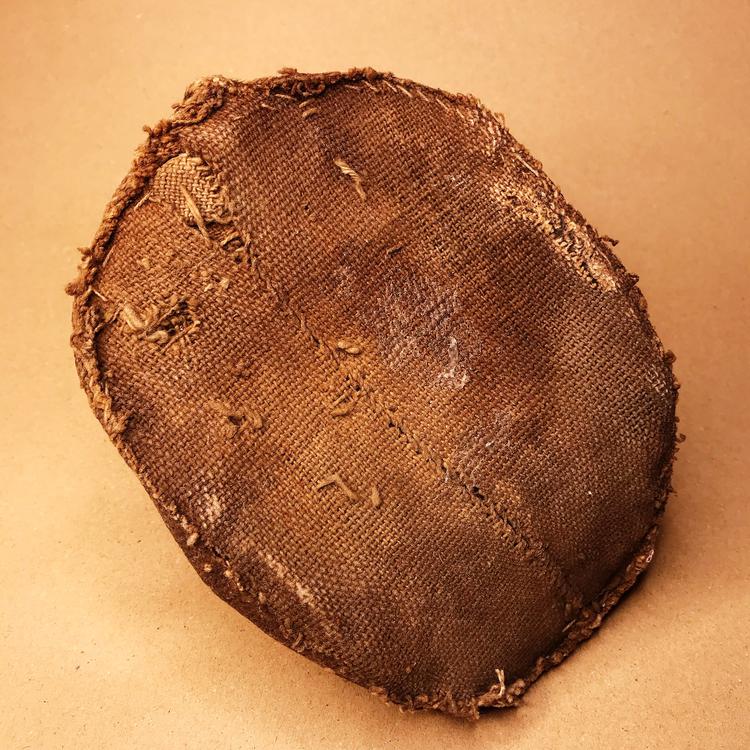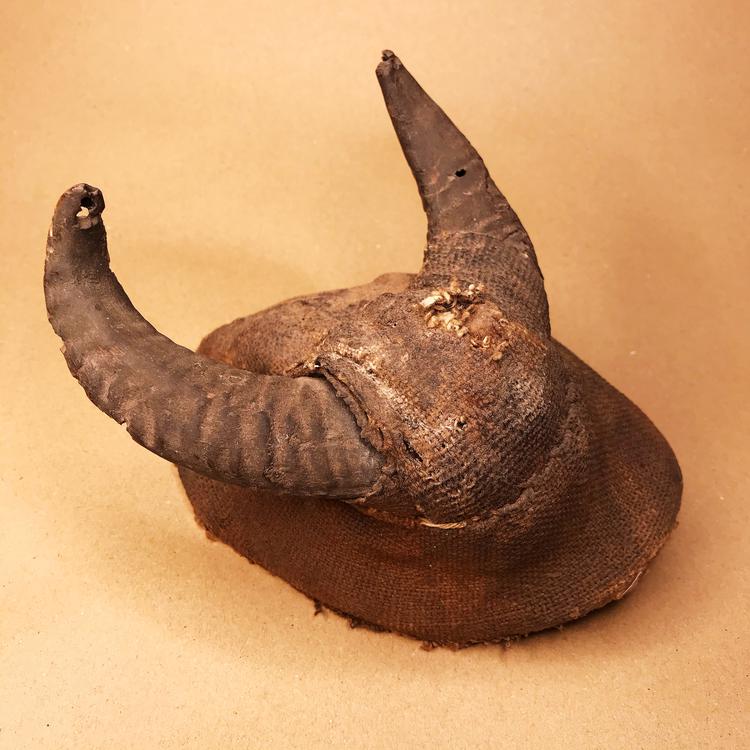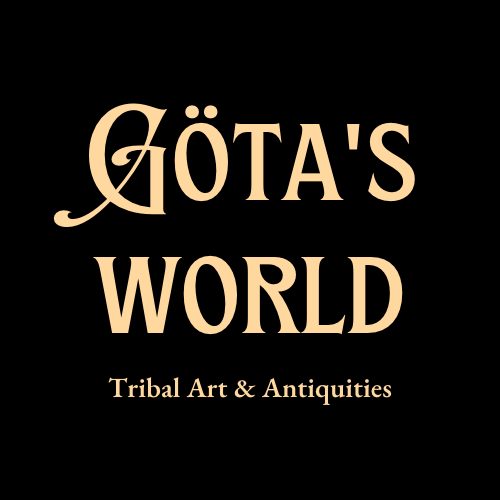Bamana Power Figure (Boli)
Bamana Power Figure (Boli)
Couldn't load pickup availability
Bamana people, early to mid-20th century, Mali, West Africa
An exceptional and rare Bamana boli power figure, constructed from a tortoise shell heavily over-modelled with layers of potent organic and mineral materials—mud, eggs, cloth, goat horn, honey, beer, and human and animal excrement. Over decades of ritual use, its dense, crusted surface has accumulated further sacrificial offerings including blood, millet porridge, and alcohol, each application strengthening the object’s spiritual force.
Boliw (sing. boli) are among the most compelling ritual creations of the Bamana. Their purpose is to concentrate, contain, and regulate nyámà, the invisible vital force believed to permeate the natural world. Their forms vary—from abstract animal shapes to compact humanoid masses—but all serve as highly charged conduits of power.
Such figures played a central role within Bamana communities. The most powerful boliw belonged to the great male initiation associations, Komo and Kono, and were handled only by specialists trained to manage their dangerous potency. Others existed at the level of families or individuals, each created following a specific recipe and endowed with specific capacities—protection, judgement, healing, or the maintenance of social order.
To preserve their force, boliw were regularly “fed” with fresh sacrificial matter, keeping them spiritually “alive.” They served as ritual judges, mediators, and instruments of protection, believed capable of exposing wrongdoing and punishing offenders through the very substances from which they were made.
This superb and powerful example, with its thick encrusted patina and strong sculptural presence, embodies the intense ritual history and spiritual authority that make Bamana boliw among the most revered forms of West African art.
Good condition. Wear commensurate with age and use. Beautiful old patina with minor chips, holes and fraying. Size approx. 19,0cm x 12,0cm x 13,5cm.
Provenance: Finnish private collection
References and further reading:
The Poisonous Child, Sarah C. Brett-Smith, The University of Chicago Press on behalf of the Peabody Museum of Archaeology and Ethnology, Anthropology and Aesthetics No.6, Autumn 1983, pp. 47-64.
Humans and Things: Mande "Fetishes" as Subjects, Agnes Kedzierska Manzon, The George Washington University Institute for Ethnographic Research, Anthropological Quarterly, Vol.86, No.4, Fall 2013, pp. 1119-1151.
When is an Object Finished? The Creation of the Invisible among the Bamana of Mali, Sarah C. Brett-Smith, The University of Chicago Press on behalf of the Peabody Museum of Archaeology and Ethnology, Anthropology and Aesthetics No. 39, Spring 2001, pp. 102-136.



-
Shipping
The shipment will be prepared in the course of 3-5 days and dispatched via Posti Group Oyj or purchased item(s) can be picked up from our shop during the store's opening hours (Tarkk’ampujankatu 4, 00140, Helsinki, Finland). Within the Finland, all items are shipped via Posti Group Oyj unless otherwise requested. We pack the items carefully and mainly in recycled materials because we want to save nature. You will receive the tracking number for your items by e-mail.
-
Returns
Returns and exchange will be accepted within fourteen days (14) of receipt at the purchaser’s cost to include freight and packaging. Items must be returned in the same condition as when they were shipped, and will not be accepted if damaged or altered in any way. Please inform us via email (info@gotanmaailma.fi) or by calling +358408408352 before sending. We do not accept returns more than 14 days after delivery.



